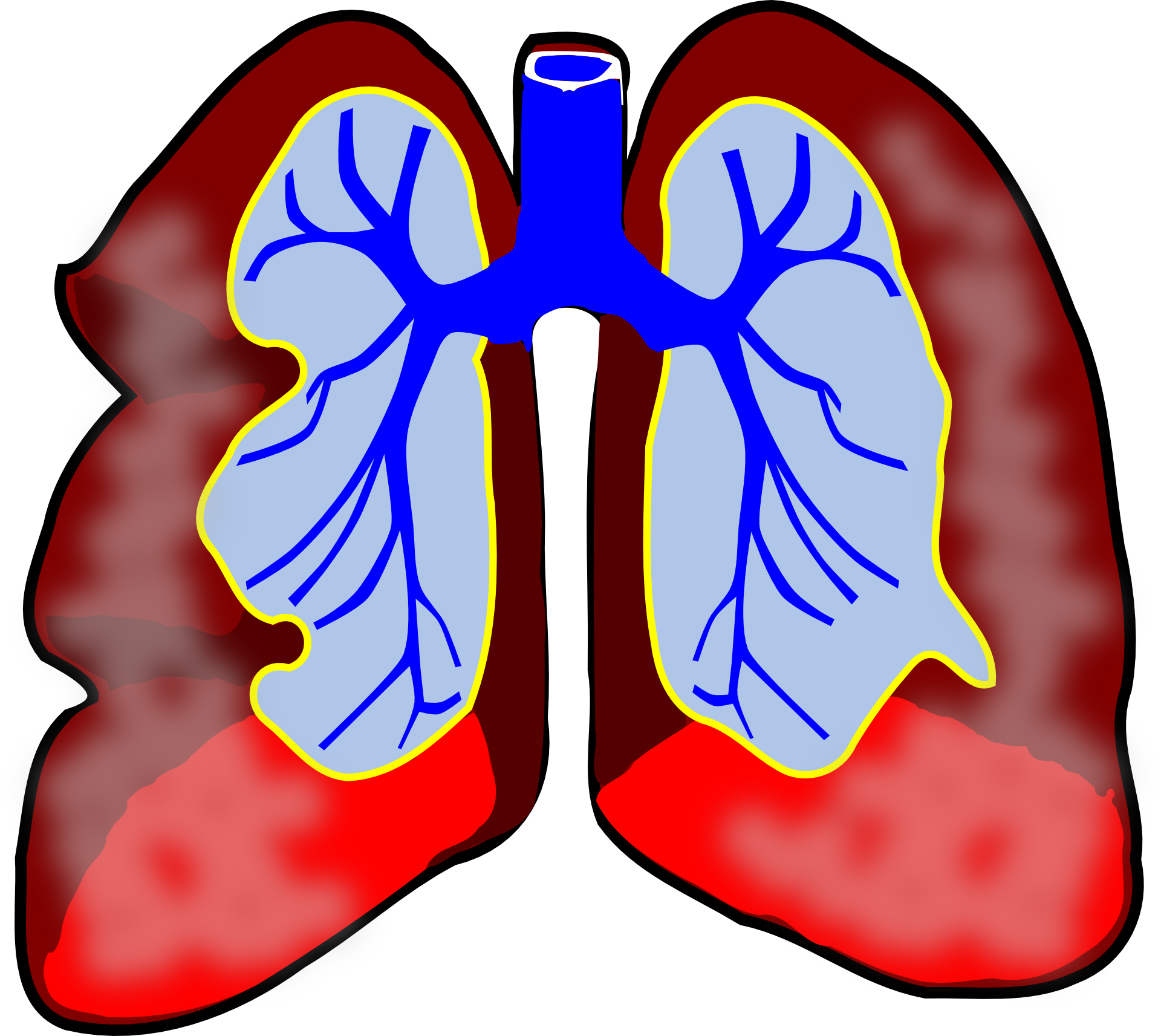
Our moral imperative is to set health metrics as our constant to guide natural and mechanical HVAC settings.
As we barrel forward toward net-zero deadlines for building carbon fuel consumption, questions triggered by the COVID-19 pandemic about optimal ventilation settings are still being debated.
A pandemic never happens at a good time; however, the rapid spread of the SARS-CoV-2 virus, starting in 2020, caught almost everyone off guard, resulting in alarm globally. Fear was compounded by a lack of understanding about COVID-19 mortality rates, degree of patient vulnerabilities from comorbidities, and the primary route of virus spread. Early in the pandemic, the U.S. Centers for Disease Control and Prevention (CDC) reported that contact and large droplet spread over short distances were the primary routes of transmission. Consequently, surface disinfection, hand sanitization, and the use of personal protective equipment (PPE) were enforced. As data on illness outbreaks were collected, it became clear that contact and short distance spread were not the primary routes. Eventually, undeniable evidence showed that infectious viruses spread through the air over distances greater than 6 feet. The difficulties in managing airborne transmission, frequent viral mutation, and spread through asymptomatic human hosts deepened questions about how to best contain the pandemic.
Read more...







